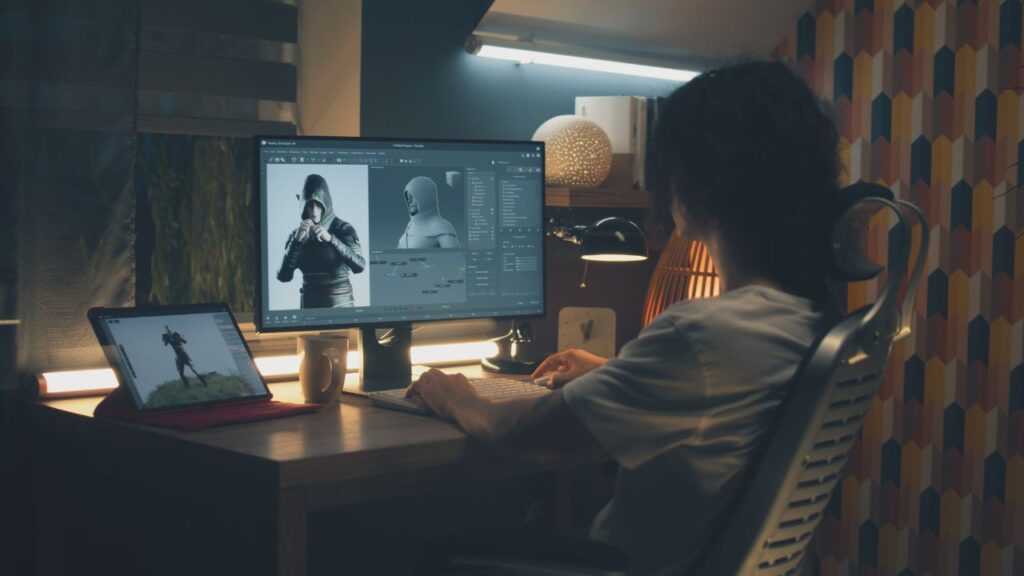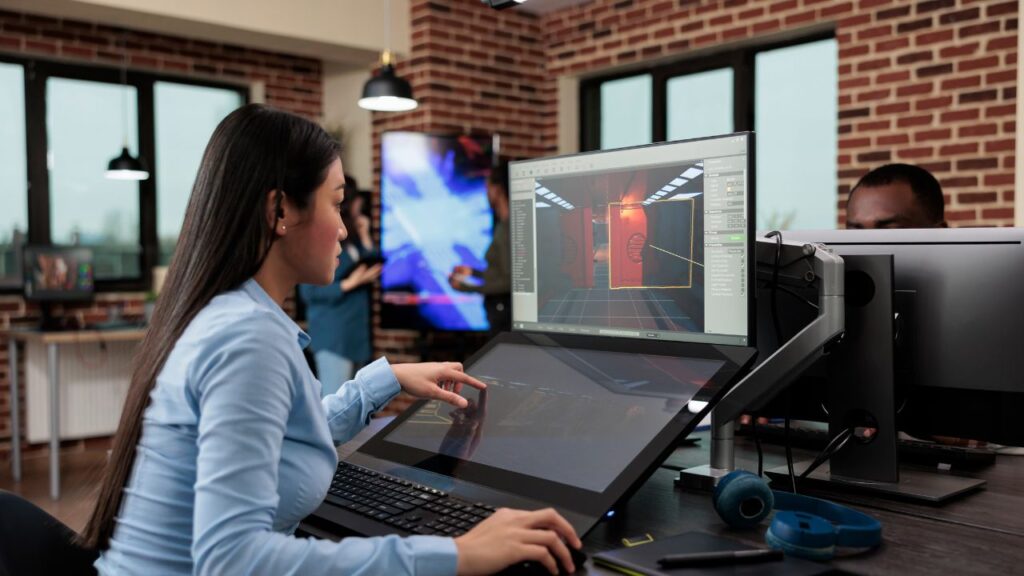Pixel art brings back memories of classic video games and retro graphics that many people love. However, most people think they need expensive software or years of practice to create their own pixel art. The good news is that anyone can start making pixel art today without spending any money.
Free online tools make it possible for beginners to create beautiful pixel art, game sprites, and animated graphics without downloading software or having design experience. These tools offer simple grid-based interfaces that work right in a web browser. Many also include helpful features like color palettes, animation tools, and sharing options.
Creating pixel art helps people express their creativity while learning a valuable digital skill. Whether someone wants to make art for fun, design game characters, or create retro-style graphics, free tools provide everything needed to get started. The process becomes easier once people understand the basics and try a few simple projects.
Why Start with Free Pixel Art Tools?
Free pixel art tools give beginners everything they need to create amazing artwork without spending money. These tools offer the same basic features as expensive software, making them perfect for learning pixel art techniques and building skills.
Which Free Pixel Art Software Should You Pick?
Pixilart works great for complete beginners. It runs in your web browser, so you don’t need to download anything. The tool lets you make pixel art, game sprites, and animated GIFs online.
Piskel is another top choice for new artists. It offers simple drawing tools and works well for creating sprite animations. You can use it online or download it to your computer.
Piko Pixel helps you create basic pixel art with ease. The software includes demo videos that teach you how to use all the main features.
Choose based on what you want to make:
- Web browser tools like Pixilart for quick projects
- Downloadable software like Piskel for more serious work
- Simple tools like Piko Pixel if you want basic features
What Features Matter Most in Pixel Art Tools?
Drawing tools are the most important feature. Look for pencil, eraser, and paint bucket tools. These let you place pixels exactly where you want them.
Color palettes help you pick the right colors for your art. Good pixel art tools let you create custom color sets. Some tools also include preset palettes for retro games.
Zoom function is essential for pixel art. You need to see individual pixels clearly while you work. Most free tools offer zoom levels up to 800% or more.
Layer support lets you work on different parts of your art separately. This makes it easier to fix mistakes without redoing everything.
Animation features are useful if you want to make moving sprites. Look for tools that let you create frames and preview your animations.
How Do You Set Up Your Workspace?
Start with a small canvas size. New pixel artists should begin with 16×16 or 32×32 pixels. Larger sizes can feel overwhelming when you’re learning.
Set your zoom level to at least 400%. This makes each pixel big enough to see clearly. You can adjust the zoom as you work.
Pick a limited color palette before you start drawing. Most pixel art uses 8 to 16 colors. Too many colors can make your art look messy.
Enable the grid if your tool has one. Grid lines help you place pixels in the right spots. They also make it easier to keep your art neat and organized.
Save your work often. Use the save feature every few minutes. This prevents you from losing your art if something goes wrong.
How Can You Create and Improve Your Pixel Art Projects?
Building great pixel art takes practice and the right approach. Free tools offer many ways to start new projects and make existing artwork better through templates, online sharing, and community feedback.
What Steps Should You Follow for Pixel Art Creation?
Starting a pixel art project becomes easier when you follow a clear process. Most artists begin by choosing their canvas size based on what they plan to create.
Small sprites work well at 16×16 or 32×32 pixels. Larger scenes might need 64×64 or bigger canvases. The key is starting small and adding detail as you go.
Pick your color palette before you start drawing. Many free tools like Piskel and Pixilart offer preset palettes. Using fewer colors often creates better pixel art than trying to use too many.
- Sketch your basic shape with one color first
- Add the main colors to fill in large areas
- Work on details like shading and highlights
- Clean up rough edges pixel by pixel
- Test your art at different sizes to see how it looks
Save your work often while creating. Most free pixel art tools let you export in different formats. PNG works best for keeping your art crisp and clear.
How Can Free Resources and Templates Help Your Projects?
Free resources speed up your pixel art creation process. Many websites offer sprite sheets, character templates, and background tiles that you can use as starting points.
Pixilart provides a gallery of free sprites you can edit and modify. These templates teach you about proper proportions and color choices while you work.
Color palettes from sites like Lospec give your art a professional look. Popular palettes like DB32 or AAP-64 work well for beginners who want consistent colors.
Free tile sets help you build game backgrounds or larger scenes. You can mix and match different tiles to create unique environments without starting from scratch.
Many pixel art communities share brushes and patterns that work in different programs. These tools help you add texture and detail to your artwork faster.
Online communities help you improve your pixel art skills through feedback and collaboration. Reddit communities like r/PixelArt give you a place to share work and get helpful tips.
Pixilart has built-in sharing features that let other artists see your creations. You can follow other artists and learn from their techniques and style choices.
Discord servers focused on pixel art offer real-time feedback from other creators. Many experienced artists share their knowledge and help beginners avoid common mistakes.
Social media platforms like Twitter and Instagram help you reach a wider audience. Use hashtags like #pixelart and #8bit to connect with other artists and potential fans.
Consider joining pixel art challenges that many communities host monthly. These events give you practice with specific themes and deadlines while building your portfolio.


